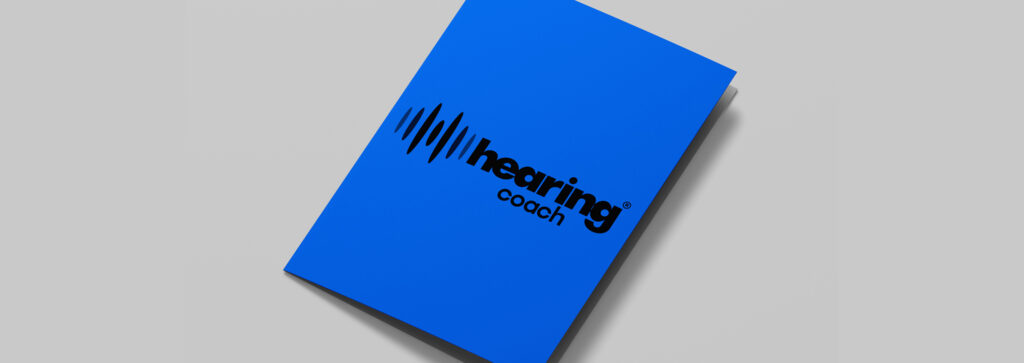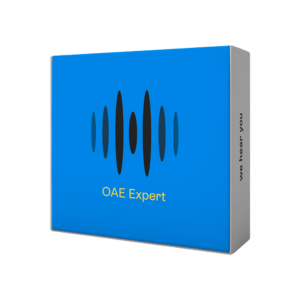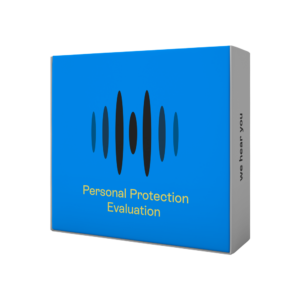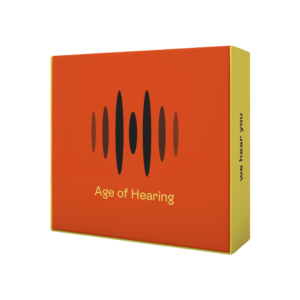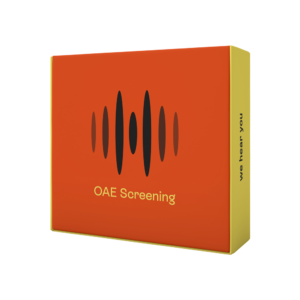OAE Expert
Vanaf € 987,50 Excl. 21% BTW
Verbetert het vermogen om oren met door lawaai veroorzaakte mechanische schade en/of gehoorverlies te identificeren, beoordelen en controleren.
- Vanuit een medisch oogpunt
- Voor gezondheidstoezicht
Let op
Na aanschaf van dit product ontvang je (op werkdagen) binnen 24 uur een licentiesleutel. Deze sleutel heb je nodig voor het activeren van de software. Je kunt wel alvast de software downloaden en een account aanmaken. De downloads voor Windows en MacOS vind je hier, evenals een link voor het registreren van jouw account.

